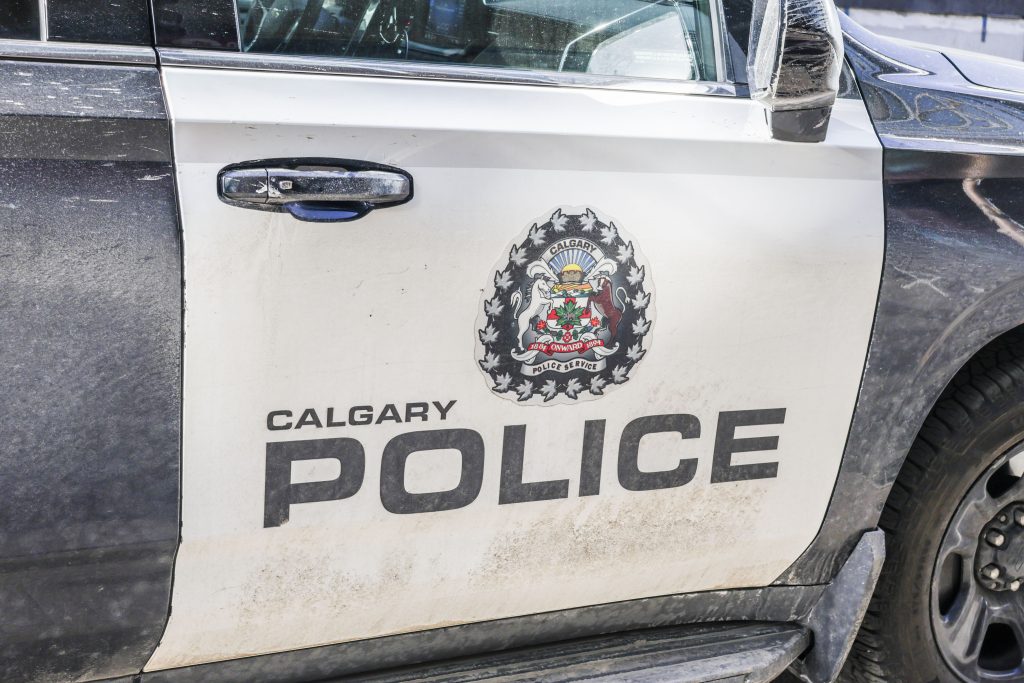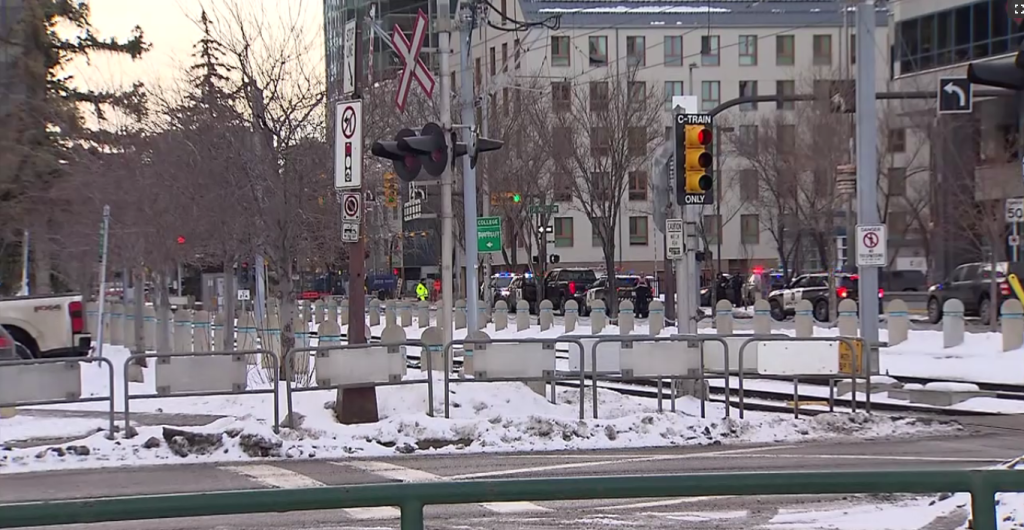Alberta medics receive funding for additional frontline support
Posted Aug 30, 2021 8:28 pm.
CALGARY — Alberta Health Services (AHS) Emergency Medical Services has received funding in the form of $8.3 million to add 100 new paramedic positions in Alberta.
This funding comes as the province is faced with significant staff shortages that have led to thousands of “code reds.”
Calgary sees 3,324 code reds last year, paramedics sound alarm
“This funding will help stabilize EMS staffing levels and ensure that we are able to respond to Albertans and also take care of our staff,” said AHS President and CEO Dr. Verna Yiu in a release. “Our paramedics play an important role in health care, and this investment provides stability of funding so they can continue to provide high quality patient care to Albertans who need it.”
AHS says 70 casual positions will be transitioned to full-time jobs, while the funding will also allow 30 full-time positions in Calgary and Edmonton, who were hired temporarily in 2019, to continue working.
“This will allow EMS to hire new casual staff and to return to using our casual positions for their intended purpose, such as providing short term and temporary relief for paramedics who are off on sick time or taking vacation time,” said Chief Paramedic and Senior Provincial Director with AHS EMS, Darren Sandbeck, in a release.
There has also been a Workforce Planning Task Force created that will ensure positions are filled as quickly as possible.
READ MORE:
-
‘Code Red’: Paramedics’ union sounds alarms over staff shortages and forced overtime
-
‘This last year is absolutely infuriating’: Paramedics outline overflowing issues, system stress
Prior to the pandemic, AHS says EMS averaged around 1,095 calls a day. Currently, call volume is averaging 1,521 calls per day.
“This funding helps us keep paramedic numbers stable so we can continue to respond to emergencies. We also continue to work with our Emergency Department partners and the Government of Alberta on new strategies to shorten the time it takes to transfer care from an ambulance to the appropriate hospital department so that paramedics can return to service sooner,” Sandbeck said.








